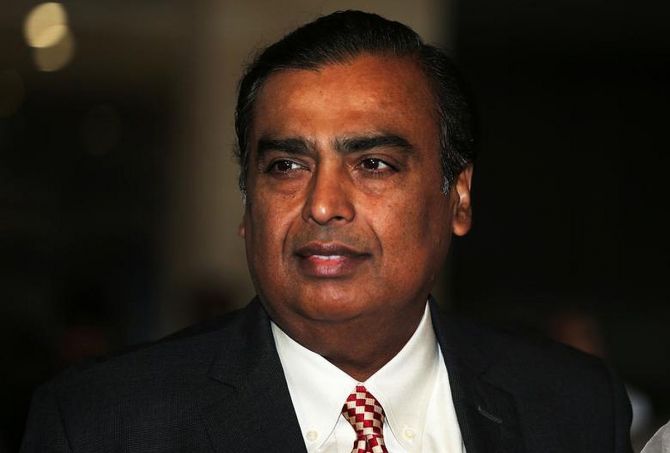Experts attribute this trend to a combination of end of capital expenditure cycle, increased automation, RIL’s preference for time-bound labour contracts, and telecom and retail’s outsourced human resource model.

Reliance Industries (RIL) crossed the $200-billion mark in recent trade.
Though the growth in its market capitalisation (m-cap) came with an impressive rise in direct employment in an earlier phase, this might now taper off.
The firm’s m-cap stood at Rs 15.4 trillion as of September 10, which was 94 per cent higher than the Rs 7.96 trillion m-cap reported on September 10, 2018.
However, at the stand-alone level, the number of RIL employees has, in fact, been declining for the past two years.
According to data RIL puts out on its website, the number of employees in FY20 at a standalone level declined 9 per cent year-on-year (YoY).
It also shares a group employment figure annually, where the number of employees has risen by a marginal 1 per cent YoY in FY20.
An email query sent to the company did not elicit any response.
Analysts and experts attribute this trend to a combination of end of capital expenditure cycle, increased automation, RIL’s preference for time-bound labour contracts, and telecom and retail’s outsourced human resource model.
RIL’s standalone employee strength was 26,488 in FY20, down from 28,967 in FY19, and 29,533 in FY18 - a 10 per cent decline in two years.
The number of employees in FY18, however, shows a 34 per cent growth YoY.
RIL’s value of sales and services at a standalone level fell 9 per cent YoY in FY20, but rose 16 per cent compared to FY18.
“Standalone does not include retail, it reflects only refining and petchem, where there has not been any growth or expansion in the last two years.
"The decline could be attributed to increased automation, where replacement of employees may not have happened post attrition and retirement,” said an analyst, who did not wish to be identified.
At the group level RIL does not disclose if the employment number includes temporary and contract labour.
In FY20, this number stood at 195,618, a one per cent rise from 194,056 in FY19, and 4 per cent rise over the 187,729 in FY18.
RIL’s consolidated value of sales and services rose 5 per cent YoY in FY20, and the increase in FY20 is 53 per cent over FY18.
“Telecom is a largely outsourced model, where most of the required manpower need not be direct employment,” said an industry expert, who did not wish to be identified.
The person added, “Much of the expansion in the energy business happened before FY18.”
With the capex cycle over, will employee numbers continue to decline?
“For the upstream business, where investments are underway, I expect BP to play a bigger role on the manpower side,” said the expert quoted earlier.
The person added that business growth will create indirect employment.
For its overall numbers, others also said RIL has followed a contract model to attract expertise and expat talent.
“The company has a history of hiring experts and expats for a fixed period for a specific business or project and at a higher pay,” said the industry expert quoted earlier.
The analyst quoted earlier in the story also added, “Telecom operations got commercialised and completed before FY18.
"Retail’s number of stores surely increased in the last two years.
"However, the employment generation there would be indirect and not on payroll.”
Neeti Sharma, senior vice-president and management representative for TeamLease Services, added it is typical of companies to hire and add more employees during the expansion stage, which tapers once the business stabilises.
“During an expansion or merger and acquisitions phase, the initial number of employees tends to be higher.
"In the initial years, there is uncertainty on where one wants to be in terms of business size and how many to hire.
"Over time, once the business reaches a steady stage, the company knows what head count is needed.
"With technology, the entry level roles have also been redefined,” she said.
Photograph: Francis Mascarenhas/Reuters











